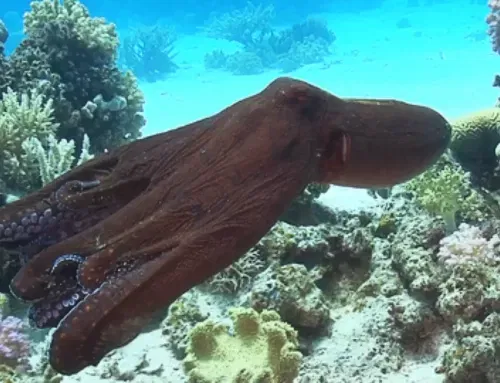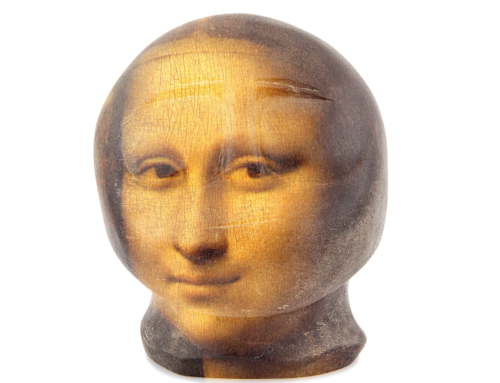A Renaissance in studies of animal behavior and cultures seems to be taking place. There is a greater understanding and appreciation of our nonhuman ancestors. This new understanding challenges us to reconsider the source of our capacity to create complex cultures, perform abstract thought, and work cooperatively. There is no doubt in my mind that human talents evolved from our ancestors.
Can Being Called “Bird Brain” Be a Compliment?
Take, for instance, the relationship between Irene Pepperberg, currently a Harvard research associate, and Alex, a grey parrot. In Alex & Me, Pepperberg describes how she carries on intelligible conversations with Alex, who even apologizes for misbehaving! He also teases people by playing games, demands certain foods, can associate colors with shapes and often acts as the boss. This parrot redefines the connotation of being a “bird-brain”.
Perhaps if social interactions are not uniquely human, the concept of beauty is one we can claim. Are we safe in assuming that only humans appreciate beauty, whether it’s the night sky, a Beethoven quartet or a van Gogh painting? Richard Prum, Head Curator of Vertebrate Zoology at the Peabody Museum of Natural History at Yale University, doesn’t think so. He provides compelling evidence in The Evolution of Beauty that birds too are driven by a sense of beauty, from the attraction for their colorful plumage to the arrangements of their nests. And he’s not the only one.
Jennifer Ackerman reinforces that view and much more in The Bird Way: A New Look at How Birds Talk, Work, Play, Parent, and Think. Among other talents, birds can optimize the temperature of their nests for development of their eggs by choosing building materials. They also can track locations of ants for food and then share that information with other birds. Indeed, it has been known for many years that even bees share directions for obtaining food through complex dances.
Who Says Cooperation Doesn’t Have Benefits?
Speaking of complex, a recent Science News magazine article delves deeper into the nature of sibling cohabitation. One species discussed is barn owls. The larger, stronger siblings of barn owls share food with their younger, weaker siblings in exchange for being groomed. Perhaps this information should be shared with our own squabbling children!
Another fascinating exploration of complex languages and social behaviors is Carl Safina’s Becoming Wild. He describes the sense of self, as well as the structures of family and culture, in whales, birds and chimpanzee. They teach the young how to behave within their cultures and are, for the most part, loyal and reliable members of their groups. For instance, whales protect their family members throughout their lives and hunt as an organized army. Chimps will adopt orphans and mediate in disputes.
Are There Benefits to Becoming Wild?
All these observations and more give us new sources for improving our own lives. If we study how our animal cousins and more distant relatives solve problems, cooperate and provide stability in their worlds, we may learn a lot about how to do the same in our own. By the same reasoning, if we understand why other species make war against each other, it may give models of what to avoid among ourselves.










Leave A Comment